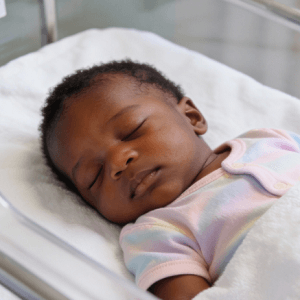A national analysis of 2011–2016 NHANES data finds wide differences in metabolic syndrome (MetS) across Asian American subpopulations, challenging one-size-fits-all assumptions. MetS—a cluster of conditions that heighten risks for cardiovascular disease and type 2 diabetes—varied significantly by ethnicity and sex even within the same body mass index (BMI) ranges. Among women with BMI below 23, Filipinas had a 31.70% MetS prevalence compared with 14.45% among Chinese women. Among men with BMI 23–27.4, Asian Indian men showed 50.80% prevalence versus 22.66% in Vietnamese men.
Gender patterns were notable. Across groups with BMI under 27.5, women generally had higher MetS prevalence than men; at BMI ≥27.5, rates were similar, with men slightly higher except in the Korean subgroup. Predicted probabilities underscored these gaps: at BMI 20, Asian Indian and Filipino men had higher MetS risks than Chinese and Vietnamese men, and Filipina women exceeded Vietnamese women; these disparities persisted at BMI 22, and Asian Indian men remained highest at BMI 24.
In multivariable models, BMI and age were consistently linked to higher odds of MetS across all five ethnic groups. Two lifestyle factors showed subgroup-specific signals: current smoking was marginally associated with higher MetS among Filipino Americans, while high physical activity was marginally associated with lower MetS among Korean Americans; alcohol consumption was not significant. The authors emphasize that aggregated reporting masks critical intra-group differences and that disaggregated data are essential to inform targeted screening and prevention—particularly for higher-risk groups such as Filipino women and Asian Indian men.
See: “Distinct metabolic syndrome profiles across Asian American subpopulations” (August 11, 2025)



